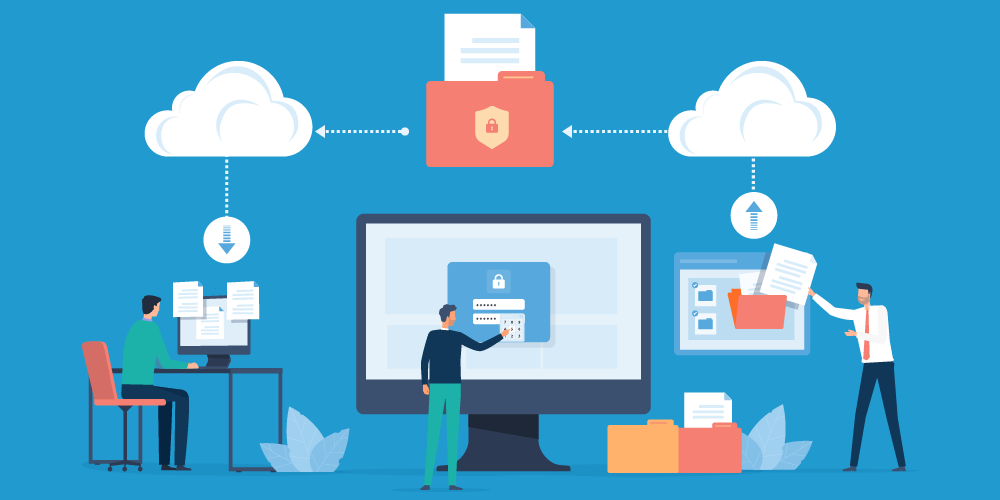Interactive Demonstration
Experience the entire SurePrep tax process from start to finish.

A Workpaper Management System (WMS) for tax engagements performs two core functions:
A good WMS is as essential to tax automation as a solid scan-and-populate solution. In a fully integrated tax automation workflow, workpapers pass through the following steps:
When evaluating a WMS, you should consider workpaper automation, digital binders, preparation and review, storage, and integration.
Advanced tax automation solutions recognize standard documents and automatically sort them into an index that follows the flow of the tax return. (For example, the software may group all W-2s together and place this grouping under Income.) Workpaper indexes populate your WMS and will usually resemble a standard folder tree.
Automatic workpaper organization saves significant time. Always read the fine print when researching a WMS. Some solutions only provide tools for preparers to sort and bookmark workpapers manually. This partly defeats the point of digitization because preparers must still spend time sorting documents like they once did with paper. That said, a good WMS should provide tools for the manual processing of non-standard documents, as these cannot (yet) be interpreted by computers.
Without preparation and review tools, your WMS would be just another folder system. Preparation and review tools designed specifically for 1040/1041 engagements are the defining feature of a tax-specific WMS.
Three important areas to consider are annotations, collaboration tools, and review tools. Annotations include things like tick marks and stamps, shapes, highlights, and calculator tape. Collaboration tools include things like notes, change tracking, and document sign-offs. Review tools may include things like auto-generated review tasks, change alerts, or digital leadsheets. If your WMS allows preparers to hyperlink amounts to their source documents, this will also streamline review by eliminating time spent looking for sources.
You should also consider whether your WMS allows file types to retain their original properties. For example, if one of your workpapers is an Excel file, will you still be able to edit your formulas from inside the WMS workspace? Or does your WMS force you to convert your Excel file to an inert PDF? A good WMS will preserve the editable properties of Word and Excel files.
Digital storage of prior year returns is superior to paper storage in every way.
The ability to roll information forward is one of the features to look for in a WMS. Rather than dig through file cabinets next tax season, you can simply mark digital workpapers to roll forward, and they will automatically populate next years’ digital binder.
Digital files are also easier to access by the right people and harder to access by the wrong people. Authorized users can access records from anywhere, without a trip to the paper file room, and multiple users can view the same records at the same time. And unlike paper, digital records can be encrypted. Pay special attention to SOC compliance and encryption standards when selecting a WMS.
It’s easier to make back-ups of digital files—literally, the difference between the click of a button and weeks at the copy machine. It’s also easier to retrieve exactly the information you need with a simple search term rather than hours spent sifting through papers. Make sure you understand how your WMS will “print” your final PDF for storage and what your vendor’s cloud storage options are. Mother nature will thank you for switching to a digital file room.
There are three main integrations to consider when evaluating a WMS.
Another way to look at the integration question is to ask, “Is my tax automation workflow integrated from end-to-end?” If there is any step in the process—from gathering client documents, to OCR, to workpaper organization, to preparation and review, to return delivery—where the integration “drops off” and you must complete manual steps to connect your solutions, then your workflow is not fully automated.
